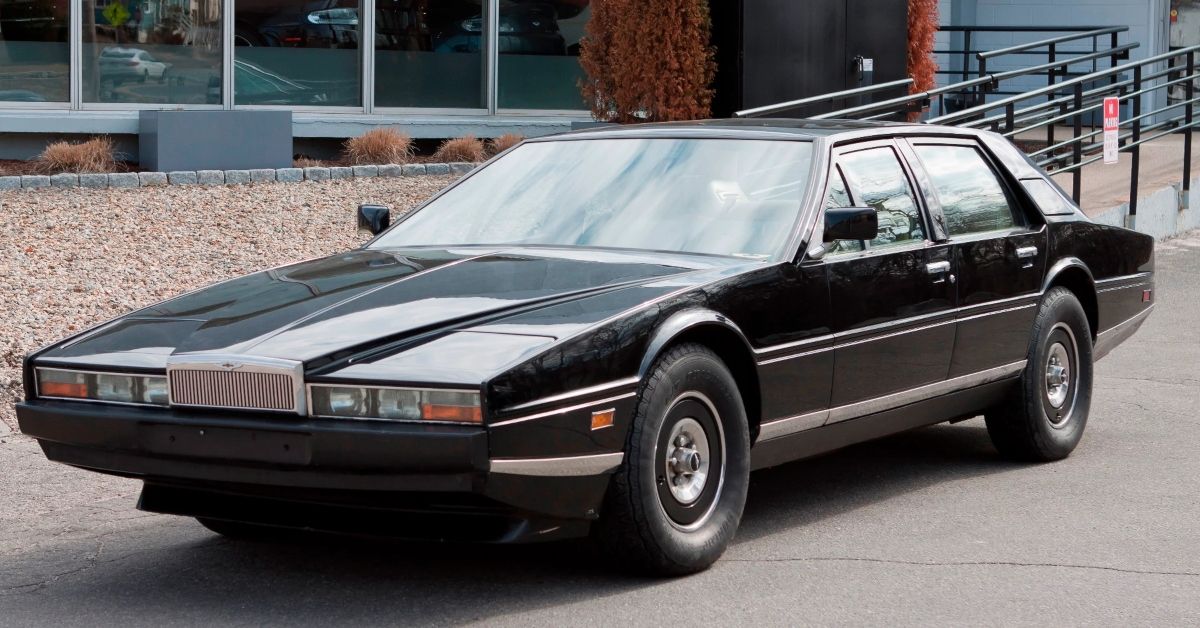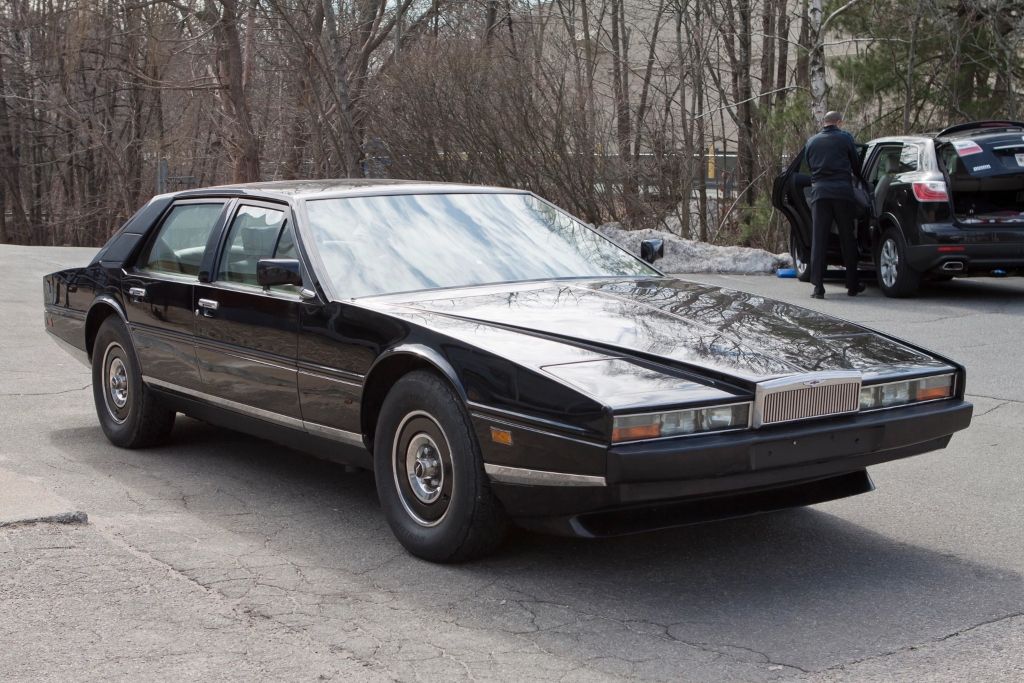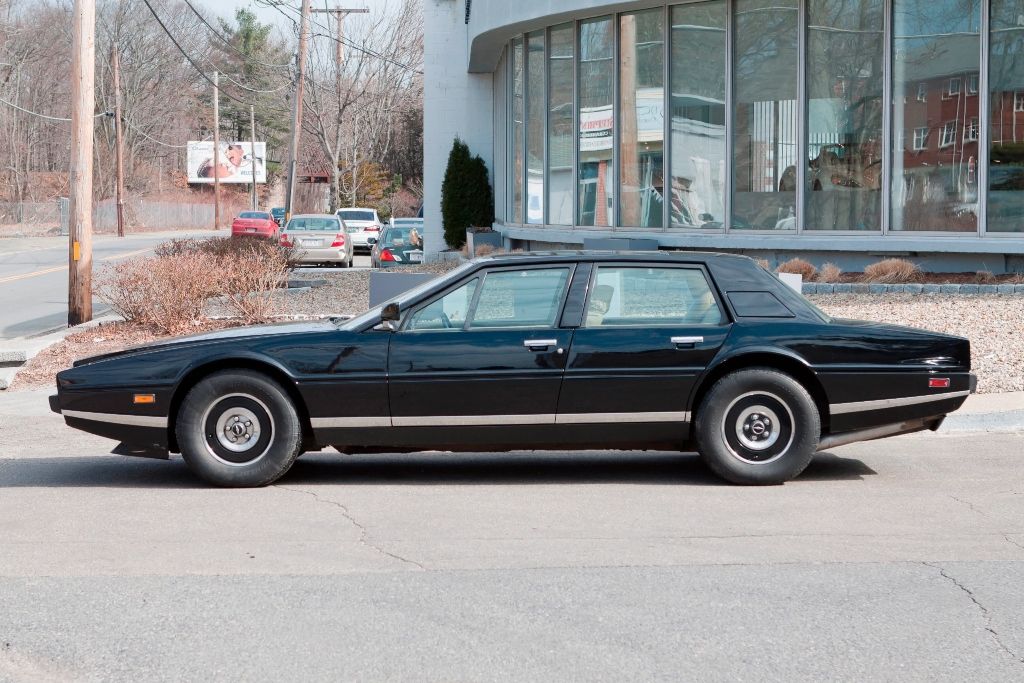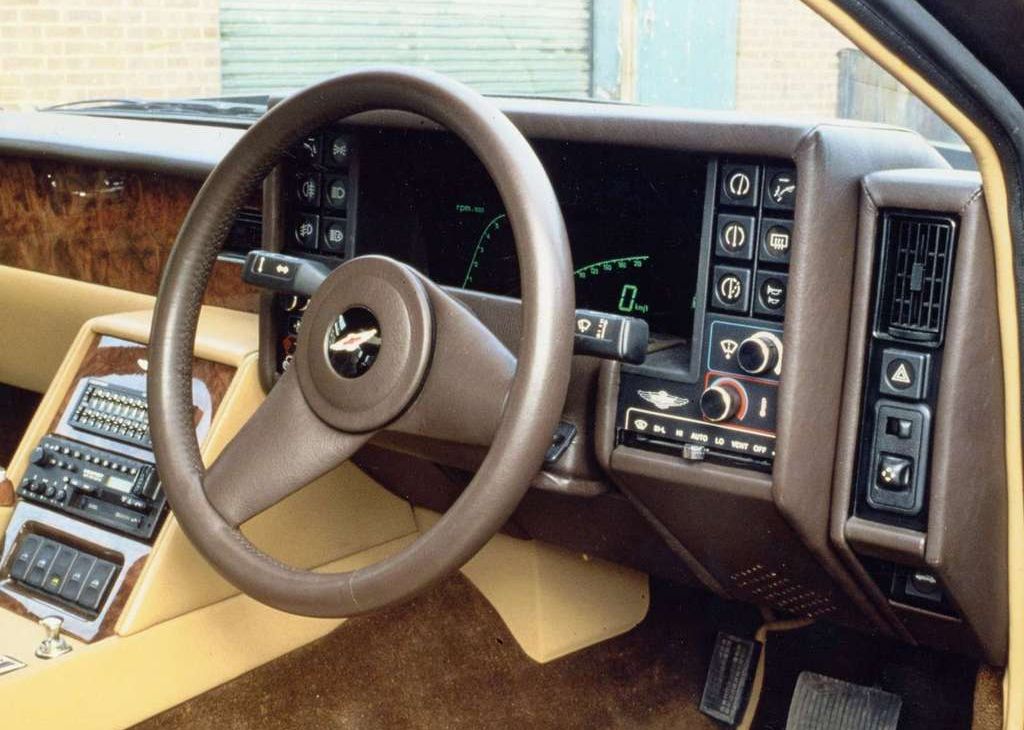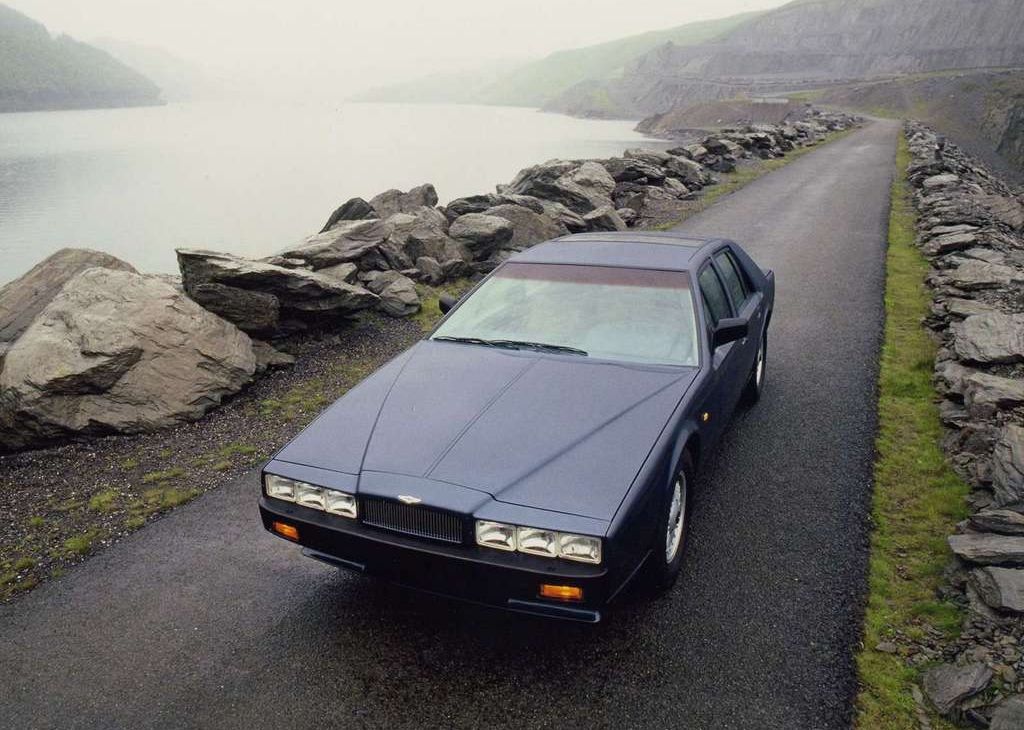First to use the name since 1961, the first series Lagonda saloon was an intriguingly shaped vehicle. It was essentially an extended-wheelbase V8 with a new grille. Aston Martin sold only seven copies before it was abandoned in favor of a brand-new saloon with an intriguingly styled razor-edged wedge shape.
Touch-sensitive switches, computerized screens, and futuristic gadgets up the 1976 Lagonda's technological tour de force. At first, it appeared to have an Achilles' heel, causing both delays in customer delivery and subsequent warranty claims once Aston Martin had transferred them to their new owners.
However, the idea was strong enough that Aston Martin continued to work on the Lagonda, giving it two significant facelifts and replacing the dashboard with a new, less complicated version each time.
The Lagonda V8 made significant earnings for its manufacturer during some difficult times despite a reputation for being unreliable. It sold in respectable quantities. The Lagonda was still a standout product on the market even after it eventually stopped being produced.
Let’s look at what made the Aston Martin Lagonda such an expensive luxury car during its time
The Aston Martin Lagonda Was Thrilling To Drive In An Era Where Many Cars Disappointed
In contrast to many of the automobiles from that era, this one drove flawlessly and was enjoyable to drive. The brakes were up to par with most modern vehicles, and the steering was heavy, aided, yet direct, with a turning circle of almost 11 meters.
The three-speed Chrysler Torqueflite gearbox blurred the changes flawlessly as the renowned 5.3-liter V8 engine quietly hummed away in the background, providing a smooth throttle response.
The claimed 8.8 second 0-60 mph time seemed plausible. The ride is just so exquisite and comforting, especially passing through places like the village of Towcester or Silverstone in the UK.
The Aston Martin Lagonda’s Styling Is Uniquely Wedge-Tastic With High-Quality Materials That Are Good But Fragile
As you approach the Lagonda, the razor-sharp appearance boosts your expectations, and the cabin does not disappoint.
There is plenty of room for passengers despite the fact that the driving position is slightly tighter than the outside would have you believe. It is exquisitely equipped and a feast of premium wood and leather.
However, thorough inspections were essential due to the size and complexity of the Lagonda's body shell. There is a lot of potential for issues and expensive repairs if the aluminum panels covering the steel substructure need to be replaced due to substantial rust.
A specialist assessment was advised since the three-piece sills required special care because rot can extend to the outriggers and B/C pillars. Replacement could cost up to five figures per side if conditions were terrible.
The hand-beaten alloy panels were prone to dents since they can be soft and thin in some places. Most cars would probably experience some damage unless there had recently been a bare-metal respray.
But What Actually Made The Aston Martin Lagonda So Expensive, Was Its Super-Techy Dashboard
The Lagonda development team returned to work after receiving 76 deposit checks (mostly for the Lagonda) during the auto show. This was to finish bringing the futuristic, microprocessor-based digital dashboard of the car to life.
But according to speculations, the expensive electronics were four times as expensive to develop as the complete vehicle. This explains why the Lagonda had such a high starting price.
Complex cathode-ray screens and a network of switch panels on the Lagonda would have been acceptable if they had been dependable and simple to operate, but the reality was the complete reverse.
Time Magazine regarded the sophisticated electronics of the 1976 Aston Martin Lagonda as a "mechanical catastrophe" by Time Magazine, which put it in their list of the 50 Worst Cars Ever Made.
The Lagonda is a stunning, exotic-looking four-door sedan without a question. Still, no amount of beauty can compensate for its clunky technological gremlins, especially given its exorbitant price.
Even Though It Was There For 14 Production Years, It Was Never Actually Successful
Love it or hate it, there is no doubting that the Lagonda was audacious in the way it presented itself. With a hood so low that you may think the engine was somewhere else, it was nevertheless a significant achievement, even for those who don't like the way the car looks.
Even those who loved it had to concede that the angular body lacked the customary Aston curves, which many purists detested. Although the vehicle had its supporters, Bloomberg Businessweek named it one of the 50 ugliest automobiles of the previous 50 years.
Although Aston Martin would continue to produce the Lagonda until 1990, this doesn't mean it was a success. Aston Martin ultimately sold only 645 units during these 14 years.
Aston Martin might have pulled off the contentious styling if reliability wasn't such a problem. Or perhaps if the car had been more aesthetically pleasing, people wouldn't have cared if it never worked properly. But it's safe to say that the Lagonda did not benefit from the pairing.

